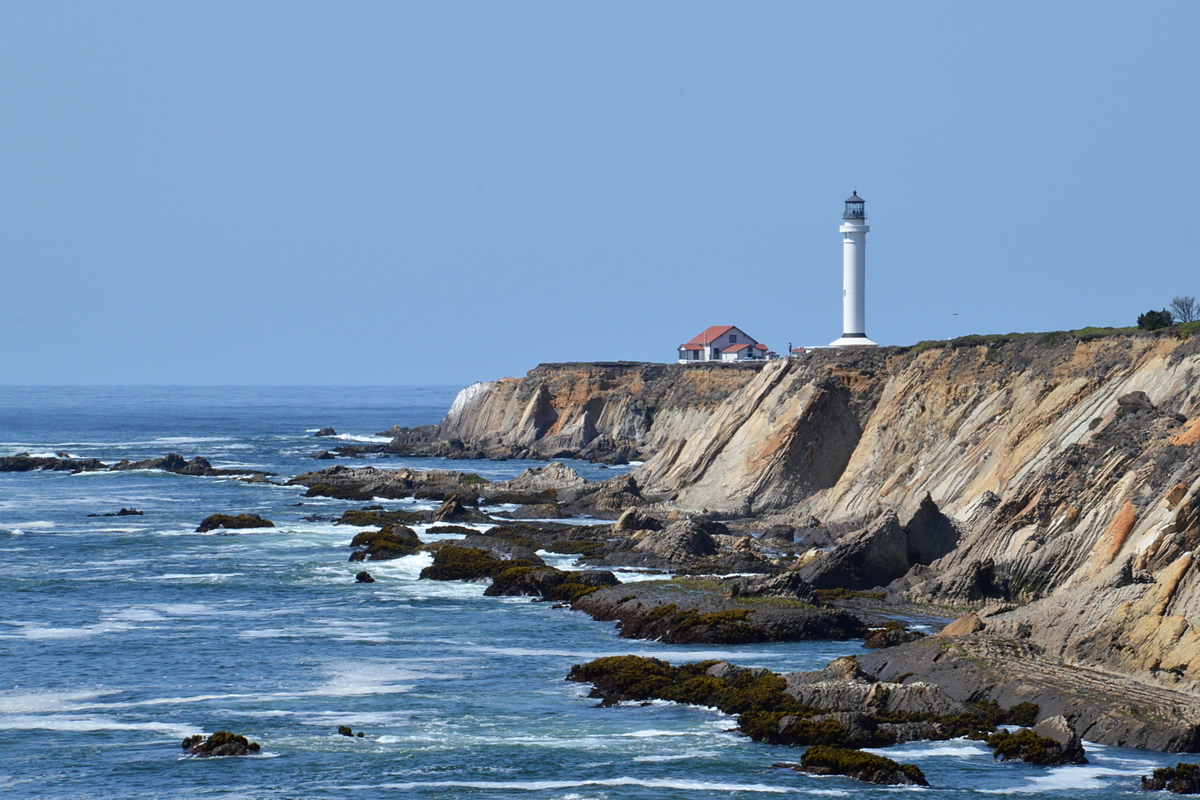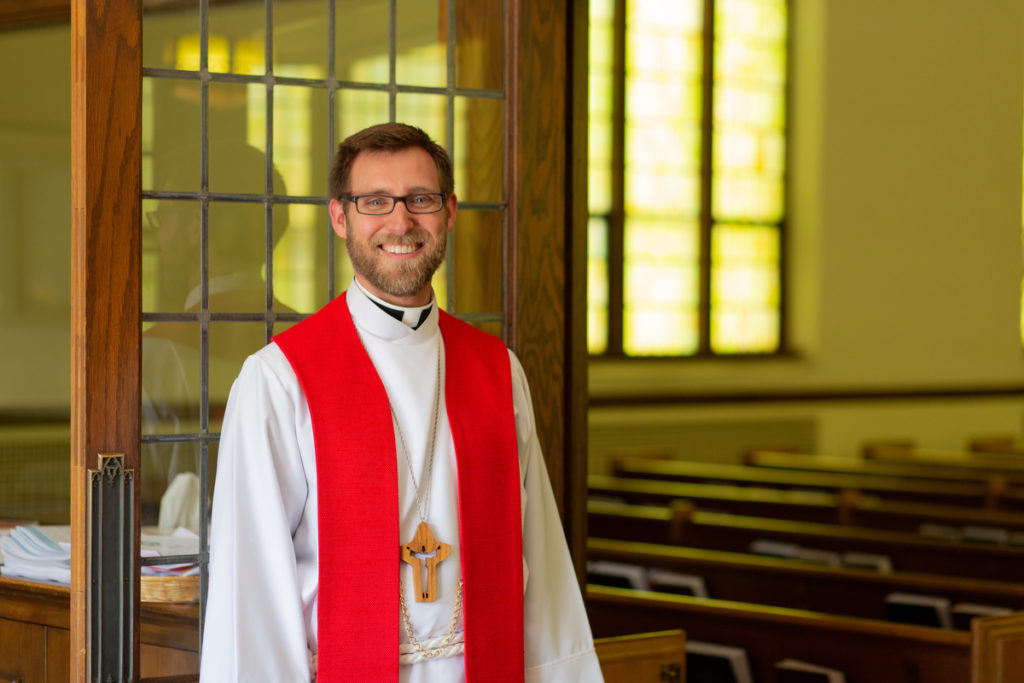In 1998, I moved with my wife and my 3 year old son to Pembroke Pines, Florida. I was sent there to start a new congregation in an area of Broward County that was located between I-75 and the Florida Everglades.
It was an exciting time, but also a little frightening. Would I have what it takes to knock on 5000 doors? Would I really be able to gather enough people to form a worshipping community within six months? Would this group of people be able to grow enough in numbers and giving to officially organize as a congregation?
The answer to each of those questions was yes! We held our first worship six months after I arrived in Pembroke Pines. There were over 100 people there on the first Sunday. Two years later, we voted to become a congregation, with over 100 members. Not only that, but our congregation was multi-cultural, reflecting the area in which we were located. Finally, we had lots of children and families. Each week, over a third of the congregation was under the age of 18.
Everything was going as planned except for one thing. We had been unable to purchase property on which to build a place to worship, hold Sunday School, adult Bible studies, and have an office. On three occasions, we almost made it, but something fell through. To this day, 25 years later, that congregation still has to rent space every Sunday to hold worship and Sunday School.
Why was it so difficult? There were several factors. Broward County was running out of land. The cities had reached the edge of the Everglades and could go no further. What land remained was at a premium. In addition, all of the land that remained was covered in muck. To develop a piece of property, you had to “de-muck”, which means to scrape off all of the muck until you reached limestone. Then you had to re-fill the land with suitable soil for building. At the same time, you had to set aside a third or more of the property for wetlands mitigation.
However, that’s not the primary reason it was so hard for a congregation to buy property. The real reason that it was difficult was that the local municipalities, along with the county government, did not want any more churches. You heard that right. Churches were not wanted because they didn’t add to the tax base. Furthermore, I suspect they were seen to be sectarian and divisive in a multi-ethnic and multi-religious community. All of the things normally done by churches and synagogues could be done just as well by the schools, libraries and public parks, it was thought.
Why do I drag up the past? Because I thought at the time, and still think today, that what happened to my congregation 25 years ago may be a preview of what will happen to many congregations in the 21st Century. As church attendance drops, as more people identify as having no religious affiliation, and as the Church is seen more and more to be regressive and hateful, I expect government to seek to limit the freedom of the Church. One way to do that, among others, is through zoning and land use laws. That’s what was used in Broward County. Keep congregations from buying property and building facilities, and you limit their influence.
A further reason that I think this might be the future for many congregations is the growing denominational conflict which many of us have already experienced. Over the past 25 years, Anglicans, Lutherans and Methodists, among others, have learned again and again that they may have to choose between faithfulness to the Word of God and owning property. Sometimes, when that happens, there are enough people who have been “de-churched” to form a worshipping community. Often, however, all that remains are Christians who have no church. I have spoken to faithful Lutherans, who on being de-churched cannot find an orthodox Lutheran congregation within a reasonable driving distance.
Unless we have a model of how to “do Church” without property and buildings, many faithful Lutherans will remain de-churched. When I first faced this problem 25 years ago, there wasn’t a model available to me for doing mission without property and a building. I had to do the best I could.
At the end of the 20th Century, there were two primary models with which I was familiar. The first was the pastor centered model. The second was the program centered model. Both of those depend on a congregation owning property and facilities. In the pastor centered model, the congregation gathered each week for worship and fellowship. The pastor did ministry to and for the members in the building owned by the congregation. (Evangelism consisted of the pastor visiting individuals in the community.)
The program centered model also required property and facilities, but more than what was owned by a pastoral centered congregation. It was through the varied programs that the congregation did ministry to its members and reached out to the unchurched. The better the programs and the more varied, the more people could be reached. More than one called pastor and multiple lay ministers were required to run the programs of the congregation. In order for all of this to happen, however, adequate facilities were a must.
When I was a pastor developer, property was key to the viability of a new church. Generally speaking, the pastor developer was expected to locate more than 5 acres for purchase. That’s because the goal was for new congregations to grow beyond the pastor centered model to the program centered model. You’ll need more than 5 acres to build the facilities to sustain a program centered congregation. On more than one occasion, I heard of a mission congregation that was shut down because it couldn’t find enough land. In spite of what was said about “the Church is not a building”, buildings were considered essential.
I fear that if the Lutheran Church in the 21st Century follows that model, it will be difficult to plant enough new congregations to reach the thousands of un-churched Lutherans in North America. Even less will it be adequate to do the kind of mission that is required in our post-Christian society. What models do we have for starting new congregations today? What models do we have for a time when there are not enough pastors? Not enough land? Not enough facilities? Do we simply say, “Starting a new congregation here is not a viable option?”
Of equal importance is the question of how to grow a congregation. What alternatives are there to the traditional Sunday School model, with accompanying Children’s and Youth programs? Can a program model of ministry be replaced by a disciple making model? Are there creative ways to raise up pastors and lay ministers in places where a pastor can’t be afforded? We need answers to those questions if we want to do mission in the 21st Century.




















There are many faithful, orthodox Lutheran and Anglican churches today who meet regularly in rented spaces. True, there is often not room for traditional ministry models but nonetheless, these are thriving, vibrant, servant-minded congregations who gather for worship and fellowship. Owning a space is not a requirement for true worship. A yearning for Christ and His fellowship is the driving force.
May their number increase!
I started A Intergenerational lutheran cell based church in 1995 and we operated for almost 25 years without buildings. We focused on using homes, Restaurants, Parks, And rented facilities. Our model was in part the underground church in Asia. I thought of it as a church off the reservation. It was very fruitful. In the beginning we were very successful in establishing cell groups in the local high school. I was inspired in part by the book “the once in future church.” By loren mead. Also in the 80s I had visited doctor Cho’s church in South Korea for a Week. We should talk.
Yes, we should talk. I want to learn more about your model!